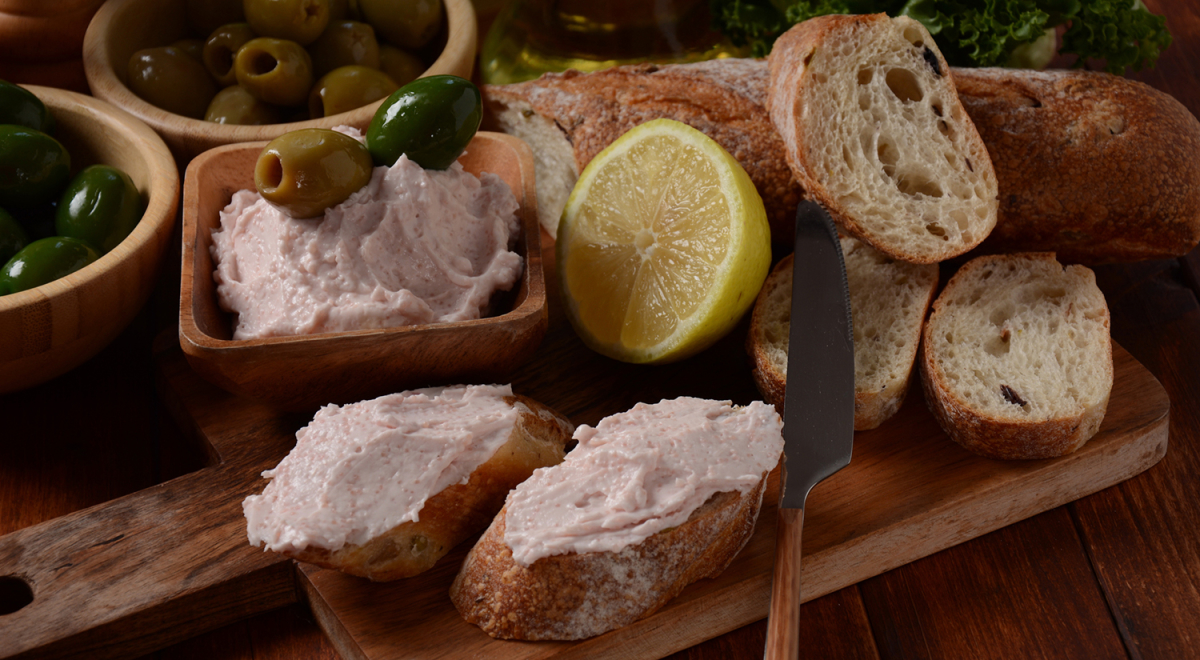Before my first visit to Greece, my knowledge of Greek food consisted entirely of taramasalata. No, not the light, white, salty kind they serve in seaside cafés in Crete, but the sweet, bright pink gloop you find next to the nacho cheese dip in Tesco. So when, on my very first day in Athens, I dipped my pita into what can only be described as a vat of the most authentic taramasalata I’ve ever encountered, I awakened what seems to be a lifelong obsession Greek cuisine.
Just a few months later, I was lucky enough to return to Greece, this time visiting Santorini and Mykonos and, just as before, the food was my favourite part of the journey. Here are a few my favourite dishes:
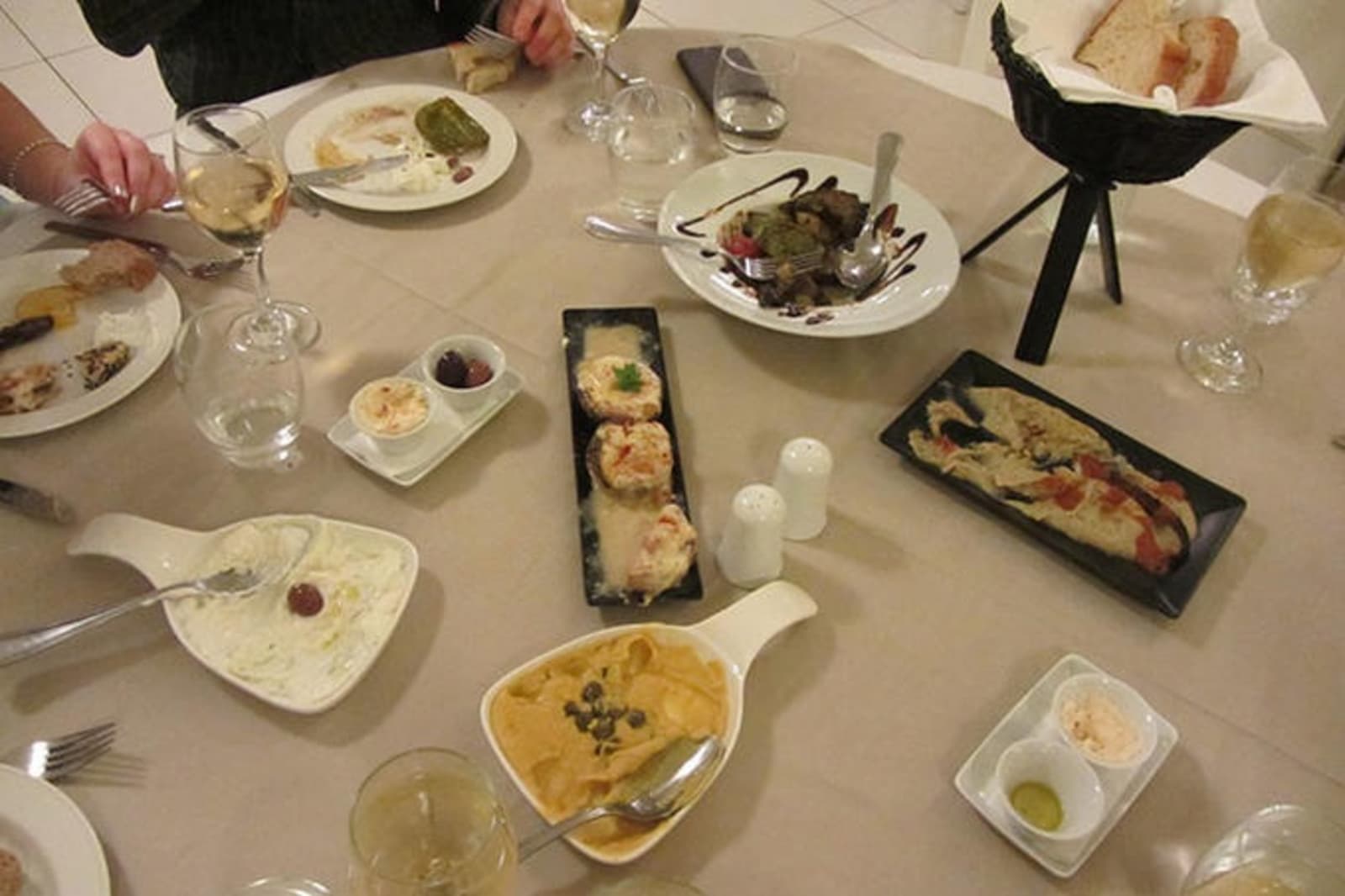


A selection of starters
I had been in Greece a matter of hours when I ate this selection of starters. I just couldn’t contain my excitement at the on-tap tzatziki and fresh olives, and so just had to try every single starter on the menu. Luckily I was in a group, so together we sampled this mix of tzatziki, fava (split yellow pea dip), mushrooms stuffed with bacon and cheese, chargrilled vegetables and fried octopus with aubergine purée. Yes, it’s possible that our eyes were bigger than our stomachs, but it was worth it.



Mythos beer
Although I never drink beer when I’m at home in the UK, when on holiday somewhere warm and sunny, I love nothing better than relaxing with a cold lager. In Greece, there are a number to choose from, including Alfa, Pils Hellas and FIX, but it was a nice chilled glass of Mythos that arrived on this particular day when I simply requested ‘a beer’. A blonde lager with a biscuity taste, Mythos is cheap, refreshing, and found absolutely everywhere. Cheers!



Sea bass with fava and beetroot
Believe it or not, Greece produces around 60% of Europe’s seabass. And one of them ended up on my plate when I tucked into this delicious dish at the San Antonio Suites in Santorini. It was lightly fried, soft, yet with a crispy skin, and served on a bed of fava bean purée with beetroot and watercress, and a light drizzle of olive oil. This plate was light, fresh, and super tasty, not to mention packed full of protein and omega-3 fatty acids.



This pretty-as-a-picture dessert
Despite looking like a piece of modern art, this was in fact raspberry panna cotta with raspberry purée, raspberry sorbet, a biscuit crumb and fresh fruit, which I devoured right after my seabass at the San Antonio Suites. It was a particularly hot day, but the tart taste and freshness of the sorbet was just what I needed to cool off. I ate it overlooking the sea, accompanied by a large glass of white wine, which I am sure made it taste even better. Full marks all round.
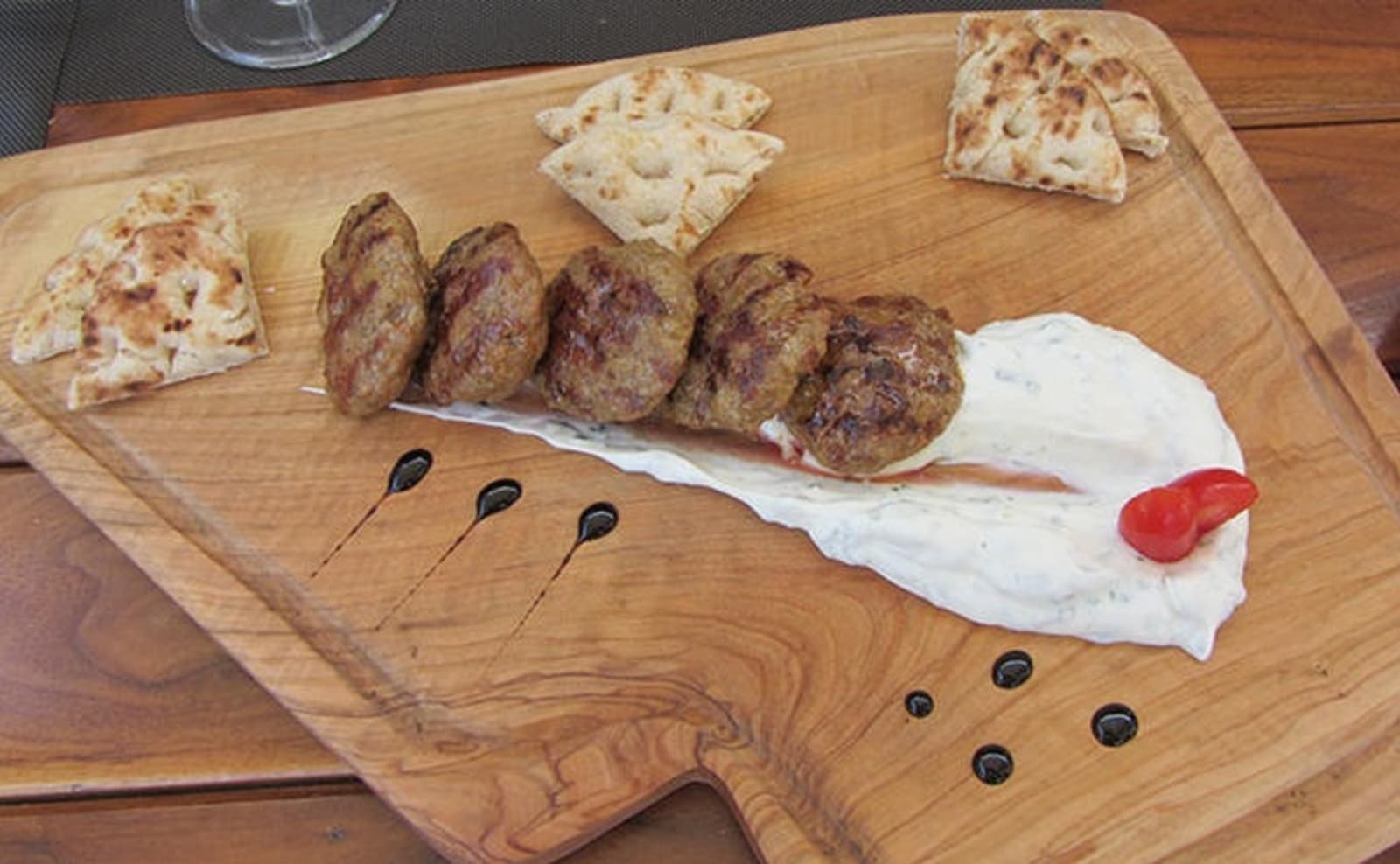


Meatballs with tzatziki
After arriving in Mykonos, this was one of the first dishes I sampled. Greek meatballs, also known as keftedes, are made by mashing together ground beef (sometimes mixed with pork), bread, onions, garlic, parsley and mint, forming them into little balls and frying them. Usually served as an appetiser or part of a meze platter with tzatziki and pita bread (as I had), the meatballs can also be served with rice and a Greek salad, or sometimes a tomato sauce, to make a satisfying main meal.
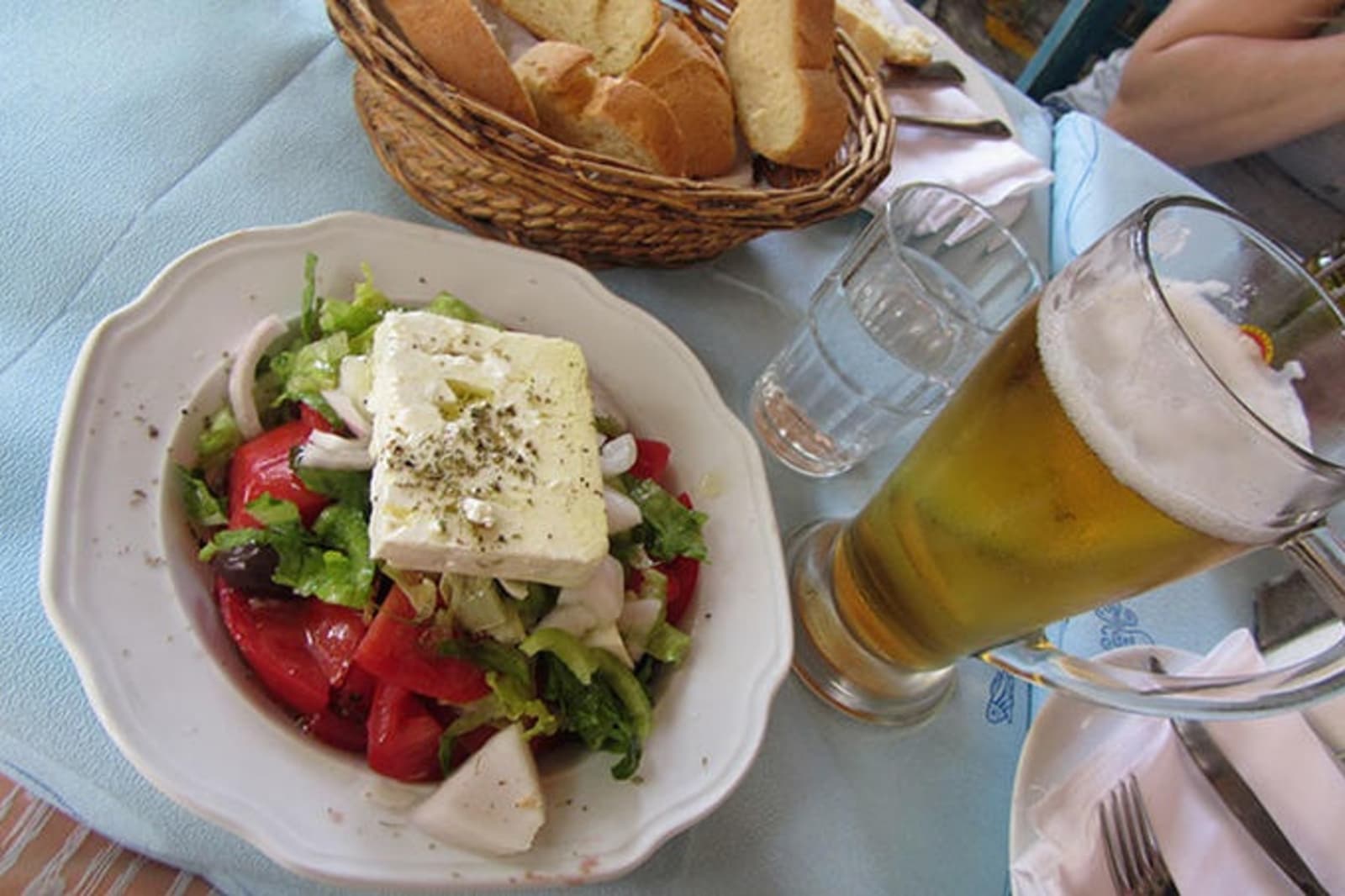


Greek salad
Otherwise known as Horiatiki salad, this classic Greek staple is found in every single café and restaurant from Thessaloniki to Corfu. Usually eaten as a side dish or as light lunch, the salad is concocted from chopped tomatoes, cucumber, onion, olives (usually Kalamata olives) and feta cheese, often as one large rectangular lump, and dressed with olive oil, salt and oregano. You might come across imaginative variations, with added ingredients such as peppers, capers, or as I saw, peaches, but however it’s served it’s fresh, healthy and completely delicious.
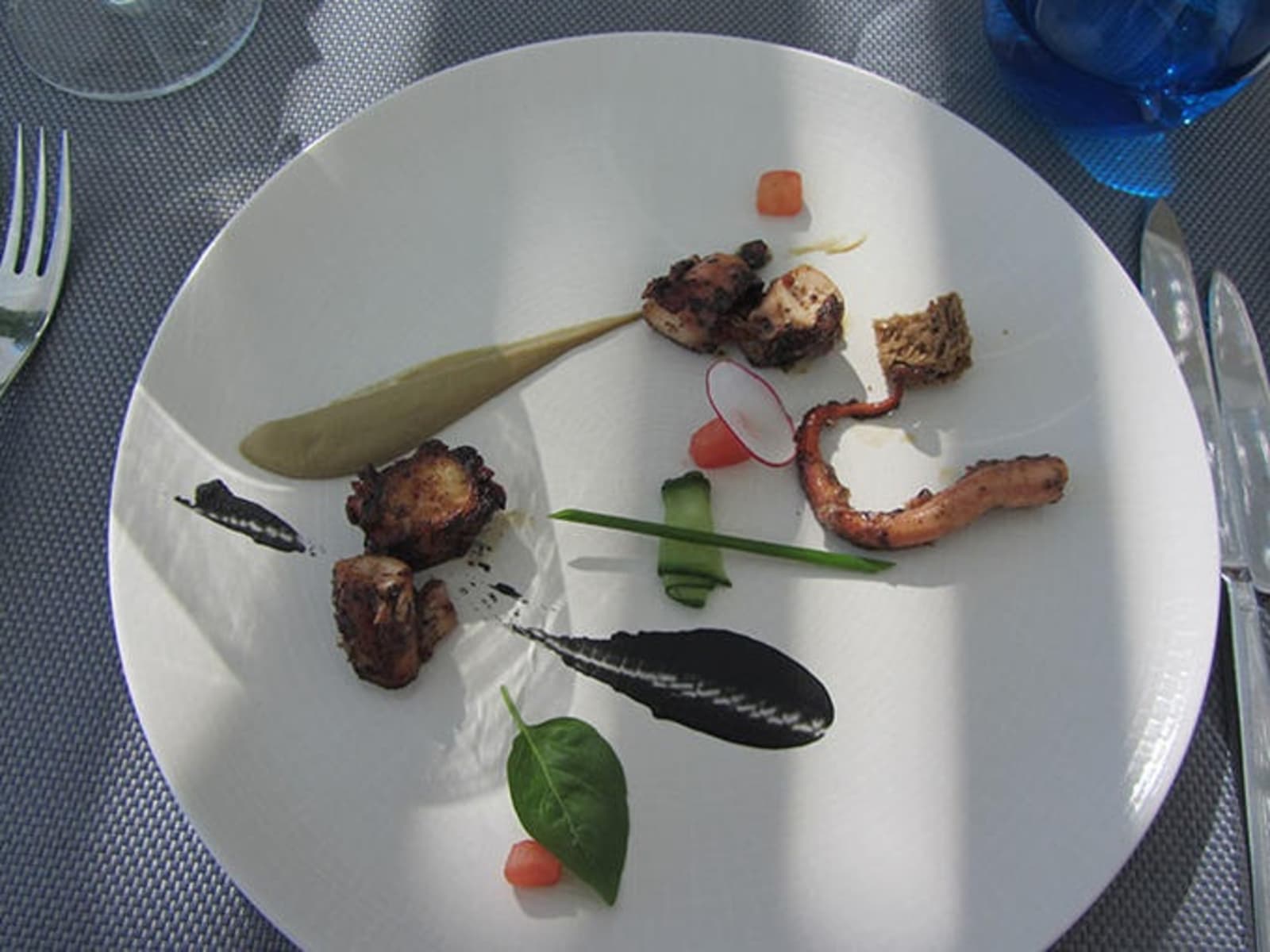


Grilled octopus with squid ink
I chowed down on this exciting dish, made up of succulent pieces of grilled octopus served with squid ink and aubergine purée, at the rather plush Myconian Ambassador Relais & Chateaux Hotel in Mykonos. It was a very imaginative and flavoursome course, sandwiched between my starter and my main, and made all the better by the fact that I ate it while sipping a chilled Greek Semillon wine and overlooking the pool.
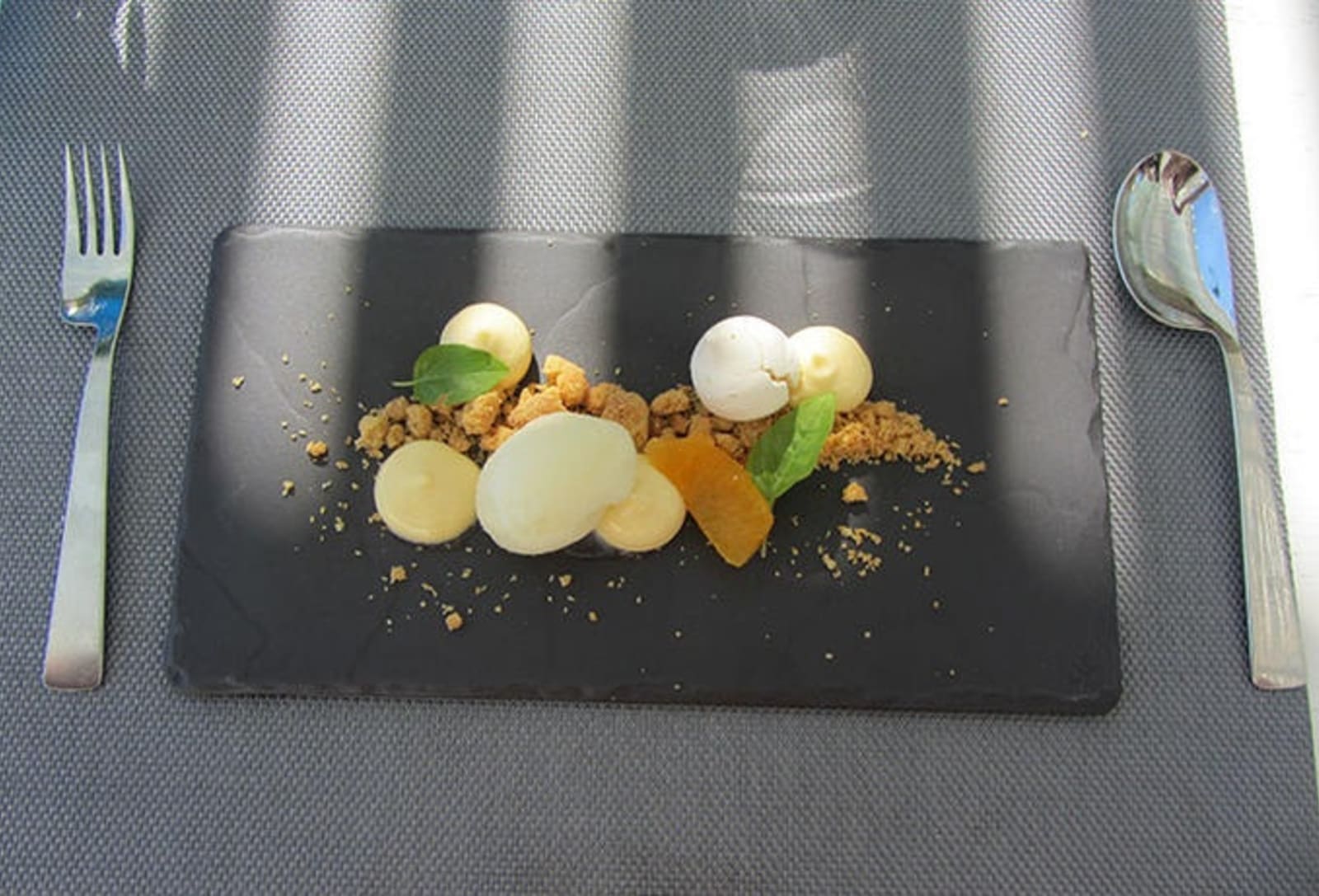


Lemon curd with lemon meringue and a biscuit crumb
While not particularly Greek, this sensational dessert was one of the best things I ate on my trip. A soft biscuit base, with mini meringues, fresh orange, basil and super creamy lemon curd, the dish was tangy, citrusy, sweet and savoury all at once, the perfect palate cleanser after a rich meal at the Myconian Ambassador Relais & Chateaux Hotel.
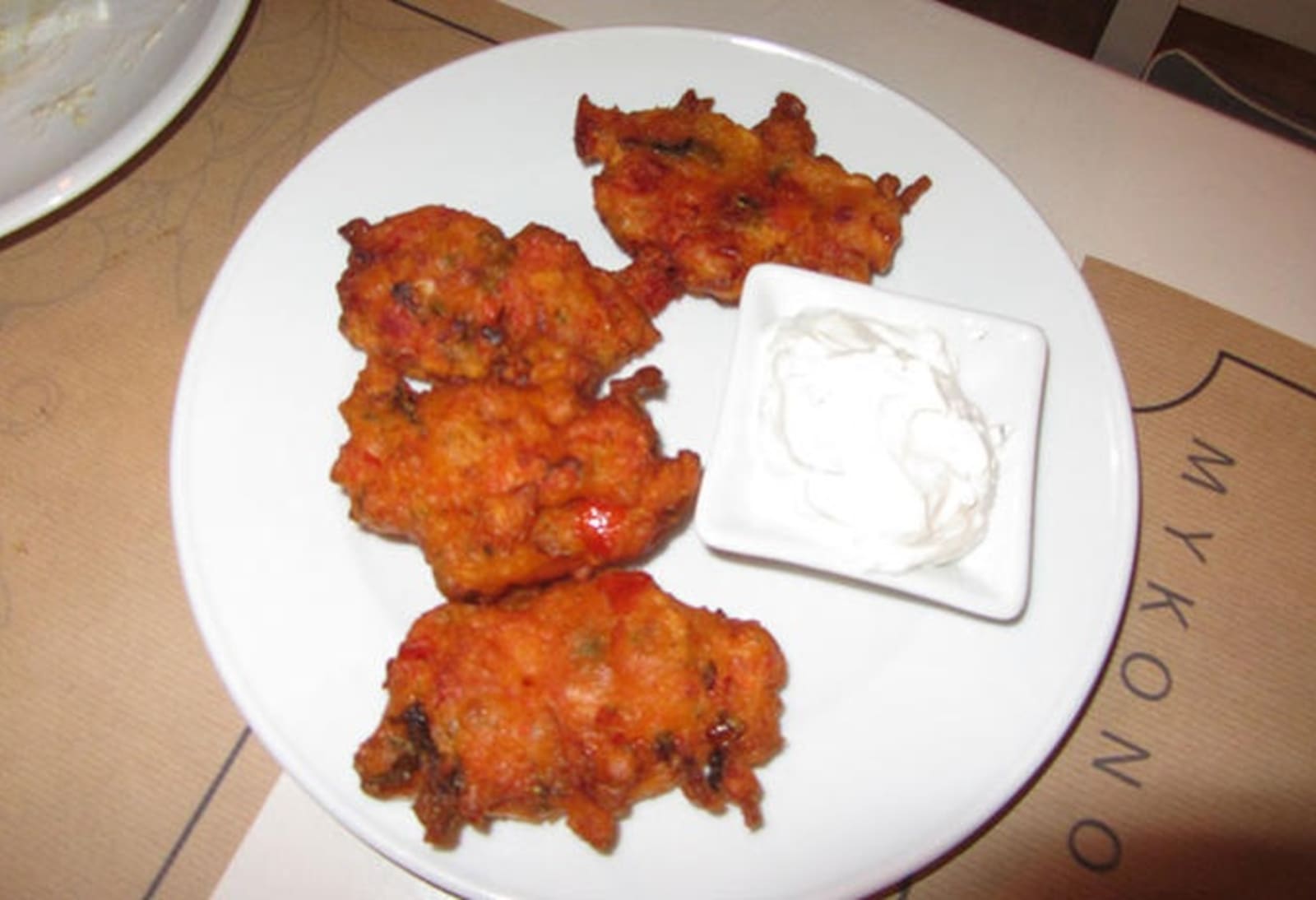


Santorini tomato fritters
Despite being called Santorini tomato fritters, I actually ate these at the Roca Cookery restaurant in Mykonos. Also known as tomatokeftedes, they get their name as they originate in Santorini, and consist of battered tomatoes fried in hot olive oil and served with lemon and tzatziki or other flavoured yoghurt dip. This might not sound like much, but when you consider the vivid taste of fresh Greek tomatoes, filled with nutrients form the volcanic soil, then you’ll understand why these fritters are packed full of flavour and totally moreish.



Greek yoghurt and honey
Ridiculously simple and yet completely delicious, this dessert really hit the spot. Comprised of a dollop of cool Greek yoghurt topped with a generous spoonful of locally produced honey, it was one of the best desserts I ate. At home I might have added fresh fruit, but eaten in Mykonos, overlooking the sea, it was perfect just the way it was.
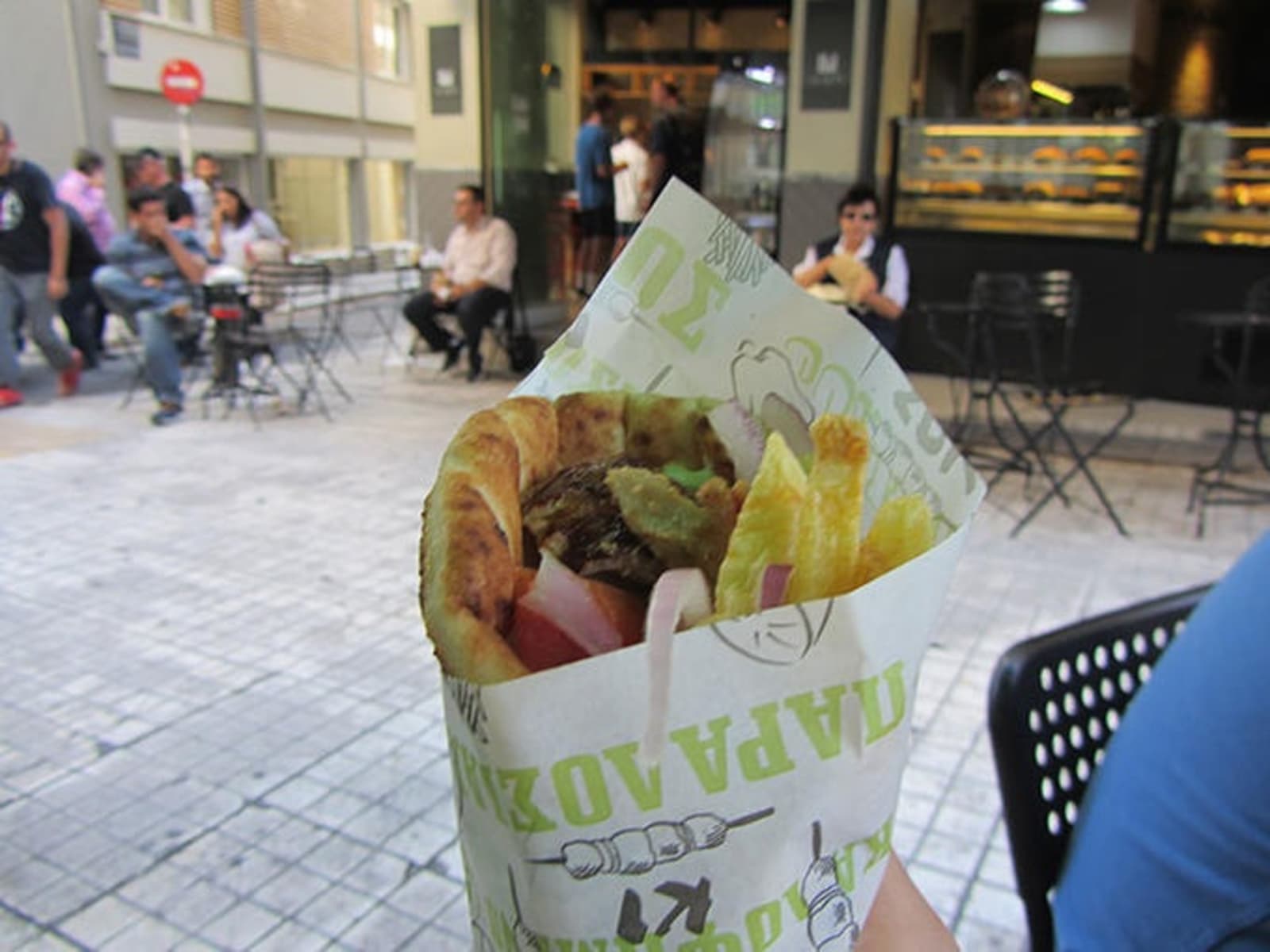


Souvlaki
Finally, no visit to Greece would be complete without sampling the souvlaki. Translating as ‘skewer’, this fast food was eaten in Greece as early as the 17th century BC. To make it, meat and vegetables are grilled on a skewer, wrapped in grilled bread, and then the whole thing stuffed with salad, yoghurt and fried potatoes. Although souvlaki is usually pork based, you’ll also come across chicken, beef and lamb varieties. I ate this one at a street stand in Athens: cheap, cheerful and indulgent. More please!
Whether you fancy a beach Escape or a city break, browse our Greece Holidays or talk to our Experts today.

